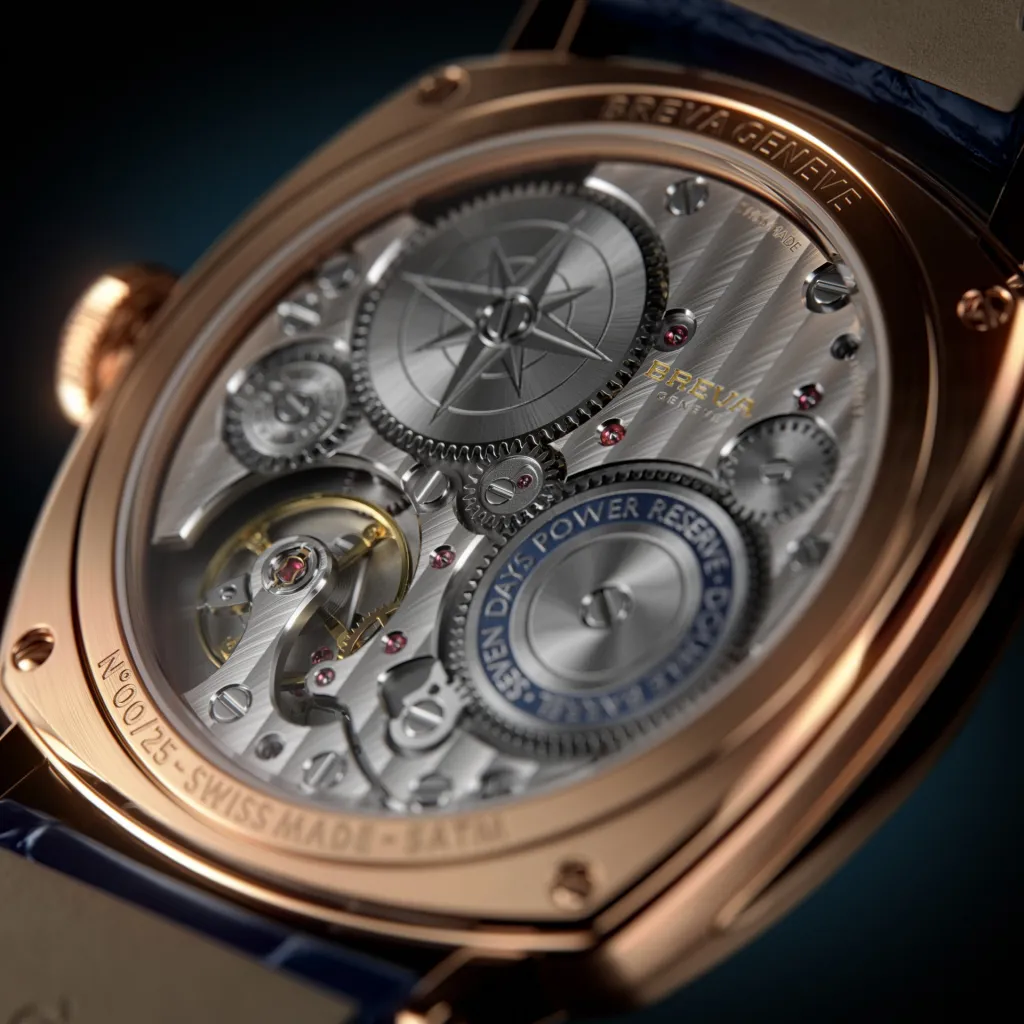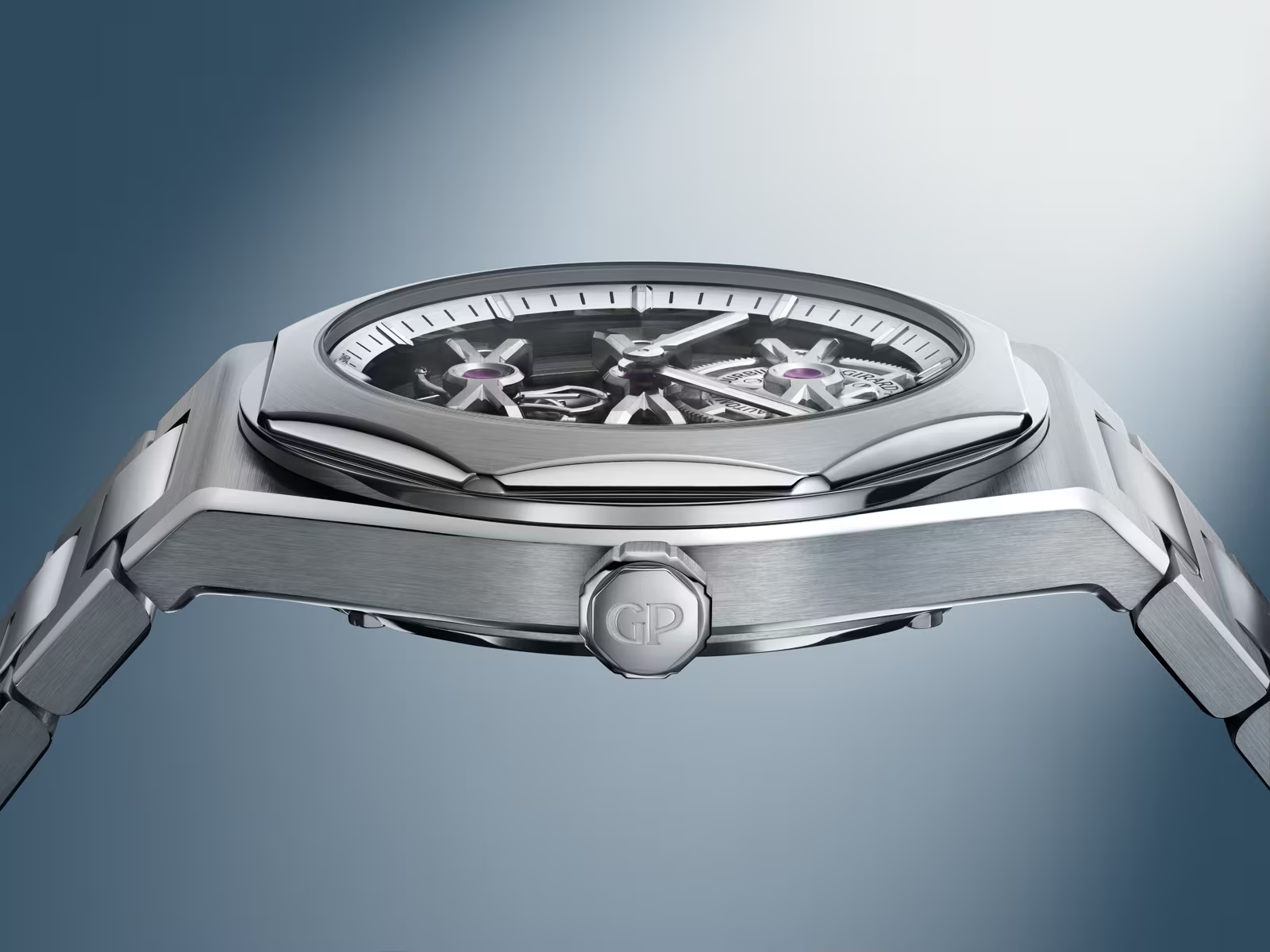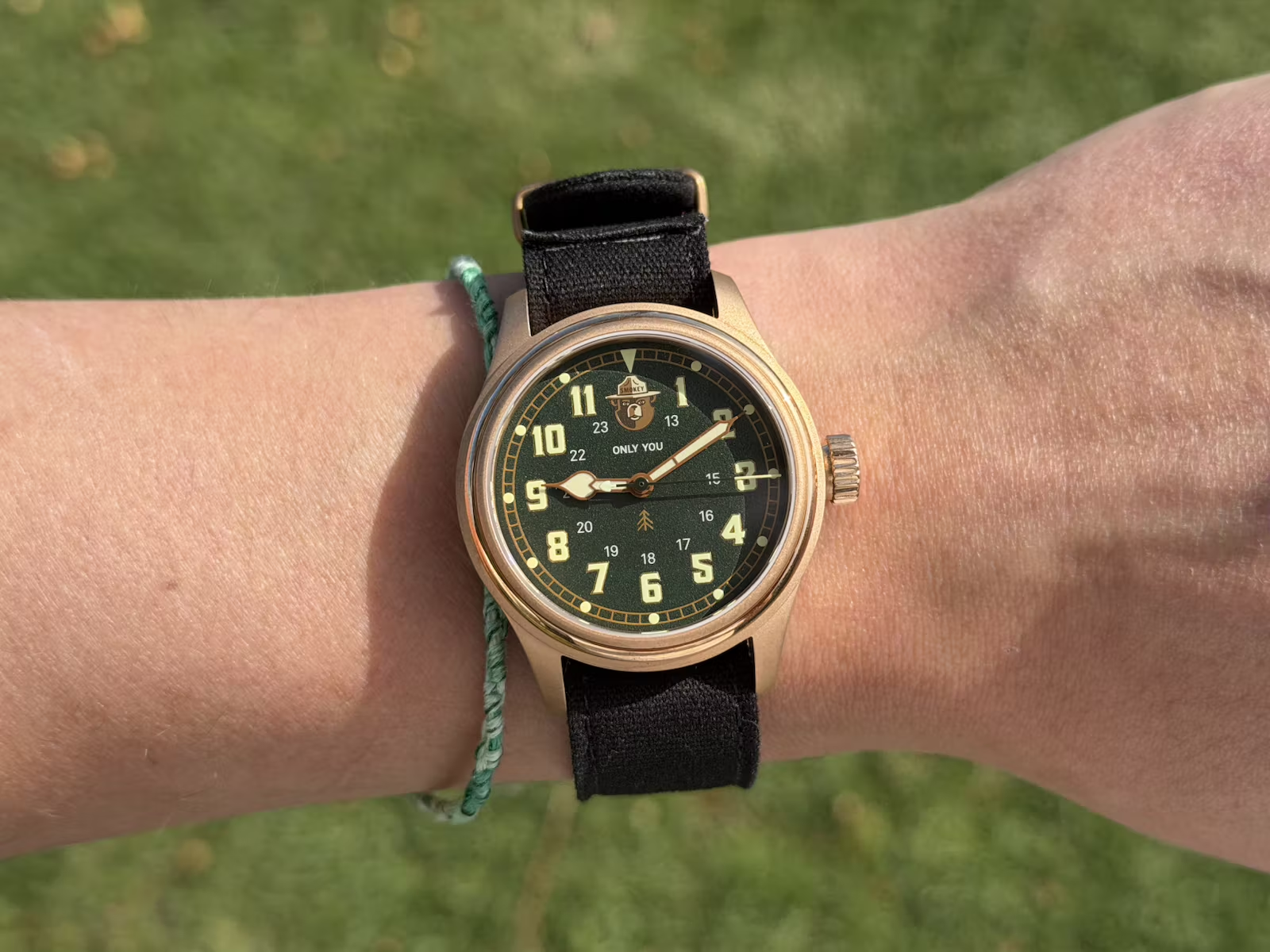
Carl Suchy & Söhne And The Birth Of The Belvedere
I know very little about the history, provenance, and motivation behind fine art. You could call me ‘uncultured,’ and you wouldn’t be too far off the mark
I know very little about the history, provenance, and motivation behind fine art. You could call me ‘uncultured,’ and you wouldn’t be too far off the mark. However, I do have enough of a grasp to allow me to appreciate when something moves me. Just don’t ask me how or why.
One of my favourite artists is Gustav Klimt, I remember seeing a poster of his painting ‘The Lady In Gold’ hanging in my grandmother's living room. When I was a kid I thought it was just a callback to her younger, more, rebellious years, like a Nivarna poster for people born in the 30s. I was yet to become a patron of the Art Nouveau movement back then.

As I grew up, I began to appreciate the intricacies of Klimt’s art. His glittery gold leaf and bold shapes made me feel inspired. Perhaps it was an early sign of my passion for modern watchmaking but his art always felt like it was precise and deliberate, yet free from any restrictions imposed by tradition. Klimt’s art was a welcome refuge from the fragile and chaotic childhood I had and gave me the confidence to reinvent myself in my adult years.

My favourite piece by him is his Portrait of Helene Klimt. It was painted before his change to a more abstract style and reminds me that complete paradigm shifts are possible and often necessary to reach your full potential. It’s an incredible painting, and I often wonder what Helene was looking so lovingly at. Perhaps she was checking the time on her Carl Suchy & Söhne table clock. It would be nice if history worked out like that.
Carl Suchy & Söhne Is A Viennese Legacy
Founding his company in 1822, a full 40 years before Mr Klimt was born, Carl Suchy first produced table clocks for Viennese high society and then became the sole supplier of clocks and pocket watches to the Austrian Royal Court. He was the official “Watch Purveyor to the Royal and Imperial Court” for many years, a prestigious title by any means. Amongst Suchy’s clients were the slightly complicated Emperor Franz Joseph I, and even Mr Psychoanalysis himself, Sigmund Freud. In case you haven’t noticed yet, this is a brand with a long and storied history, but one that’s quite different to what we are used to. Suchy did things in a distinctly Austrian way and although they used Swiss movements and manufacturing, they held on to their Viennese identity for much of their history. Right up until 1918 when the brand closed its doors for a 100-year creative hiatus.

In 2016, the brand was revived by, in my opinion, the perfect man for the job, Robert Punkenhofer. As the Director and Chief Curator of Vienna Art Week, Robert is no stranger to beautiful things. I had a call with him recently and it was interesting to see his art and watchmaking passions converge. During our conversation he walked around his room, pulling historic Carl Suchy & Söhne pocket watches and table clocks off his shelves.

Perhaps I can contribute with my outsider point of view on art, perhaps I can contribute something nice.
Interestingly, Robert told me that his main motivation isn’t watchmaking in particular but instead, in his own words, to ‘make beautiful stuff out of nothing’. It was his love of art that led him to discover Carl Suchy & Söhne in the first place - while curating an exhibition at the famous Triennale Museum of Design in Milano. He fell in love with the history of the brand and quickly decided to revive the name to at least create a watch for himself. As with many founding stories things didn’t go to plan when he realised he wanted to make more.

‘I don't really like all the watches in the market, so I tried to relaunch, not thinking about the business, not thinking about money, but more about making a beautiful thing out of nothing’.
Robert’s design strategy for the first watch, The Waltz Nº1, was to think back to where the old Carl Suchy & Söhne ended in the 19th century and see where it would have gone after.
“The design approach again was the idea that where did the old Carl Suchy & Söhne stop? Well, that was at the end of the 19th century. And I said, okay the next thing that came was Viennese modernism, Gustav Klimt and Egon Schiele being prominent artists at the time.” 1
This reinvention follows the design ethos and philosophy of the proceeding 96 years that the brand was in operation and cements it firmly into the 21st century.
The Carl Suchy & Söhne Belvedere - Another Rebirth
On the 200th anniversary of the brand and after successfully launching the Waltz Nº 1 and Waltz table clocks in a few different variations, Robert released what would seem like the largest departure from Suchy’s vision in the 19th century. It’s a 40.8 mm sports watch in steel, with a rubber strap in a variety of different colours. It’s a contemporary watch, yes, but one that’s infused with that Austrian flair we’re used to from the previous, more classic line.
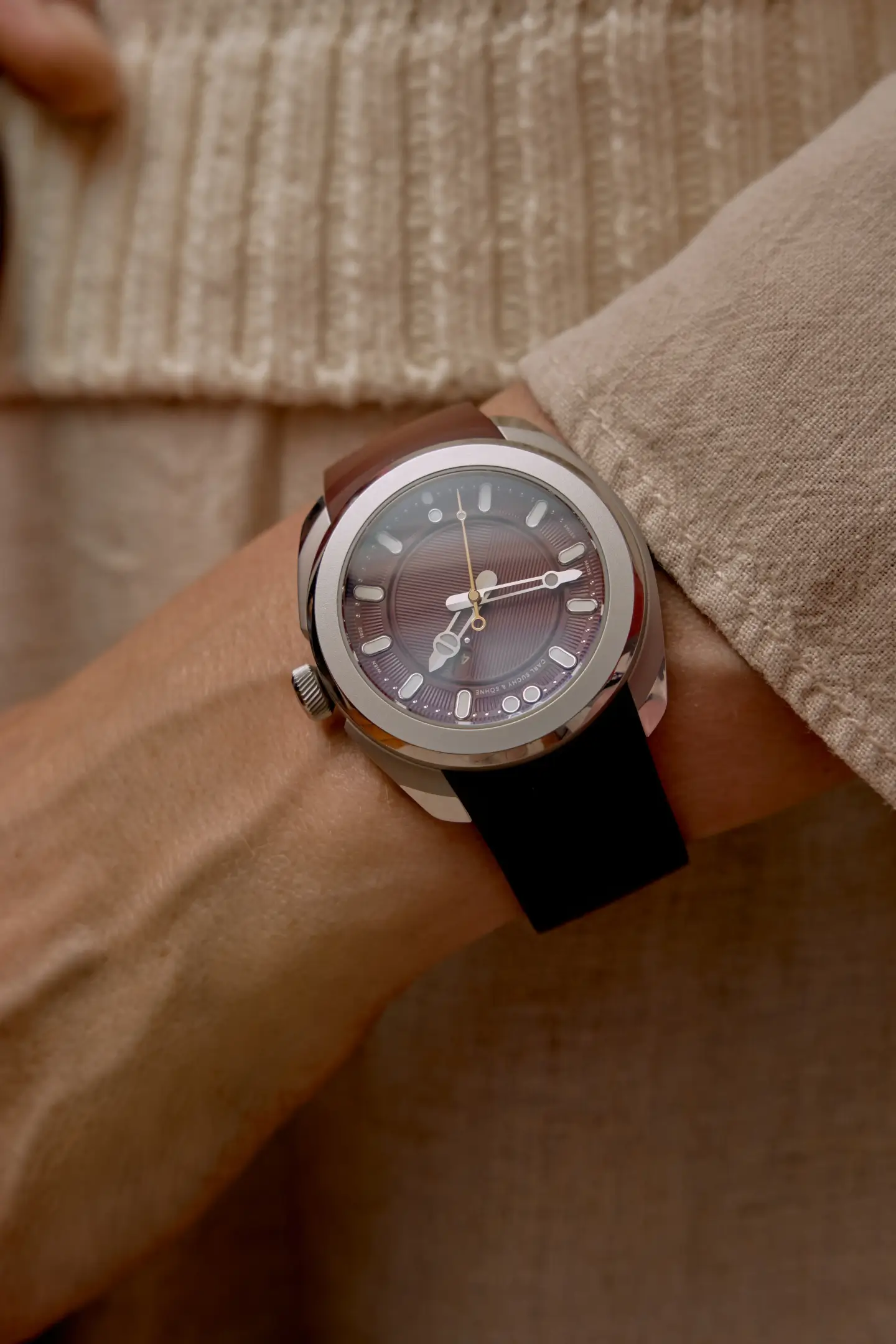
Gustav Klimpt entered his Golden era in 1989 with Pallas Athene, it was a massive departure from his norm, perhaps we are seeing the same with the Belvedere and Carl Suchy & Söhne.
The Case
Surface finishing is the party piece here. Pearl blasting gives the steel a nice matte finish, a technique I’ve not seen much of from the Swiss. It’s weird because it’s the perfect finish for a sports watch; simple, utilitarian and can take a beating. Certainly makes more sense than the mirror-polished sides of a Rolex Submariner, use it for anything other than desk diving and it will be more scratched than a bracelet adjustment done in the dark. This is the benefit of designing a watch from an Austrian perspective, you don’t have to conform to the ‘Swiss’ way of doing things. That means unconventional thinking every step of the way, It’s refreshing to see another way Robert is honouring the legacy of Carl Suchy.
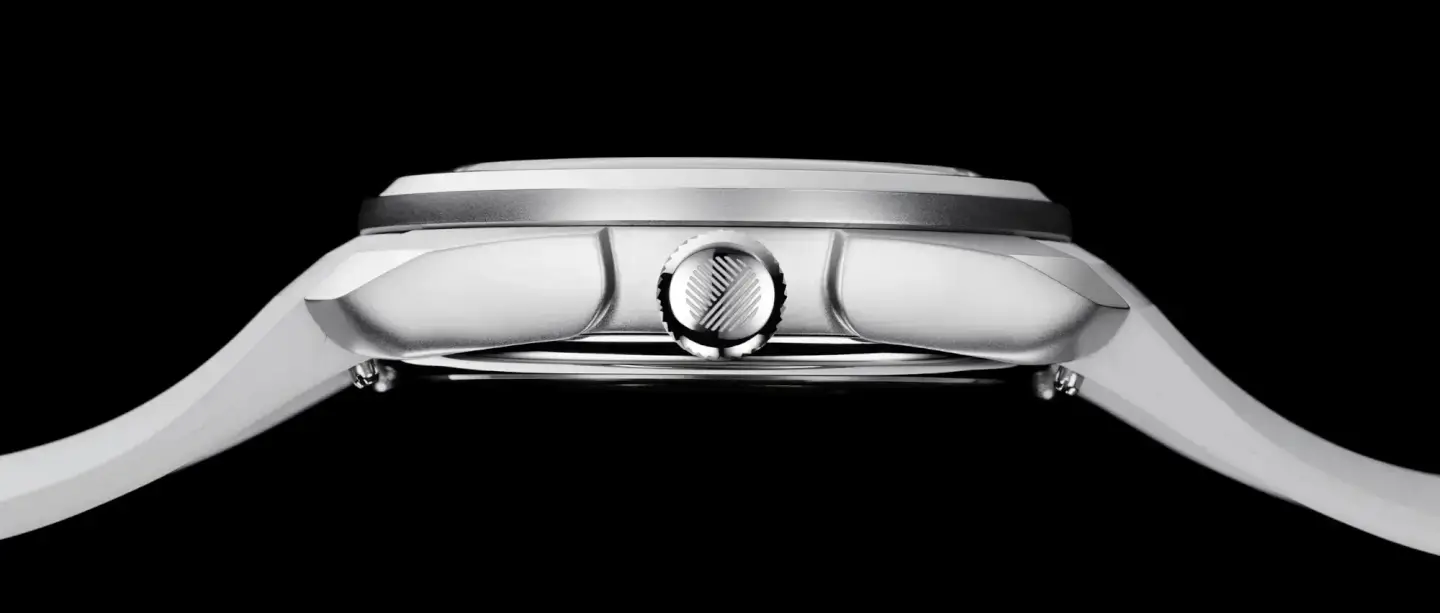
The short lugs step down to the mid-case and have a soft, pebble-like curve on the underside. This, along with the pearl blasting creates a case profile that looks soft and welcoming, but not at all plump or dull.
It’s difficult to make something fresh in the watch industry, but Roberts geographic seperation has given him the space to think outside the Swiss box. The case of the Belvedere is the first indication that this watch is not like anything we’ve seen before.
The Movement
In stark contrast to the case, the movement of the Belvedere is indeed very Swiss. A modified Dubois Dépraz calibre with a custom movement ring and automatic winding rotor micro-engraved with the facade of Belvedere Palace.
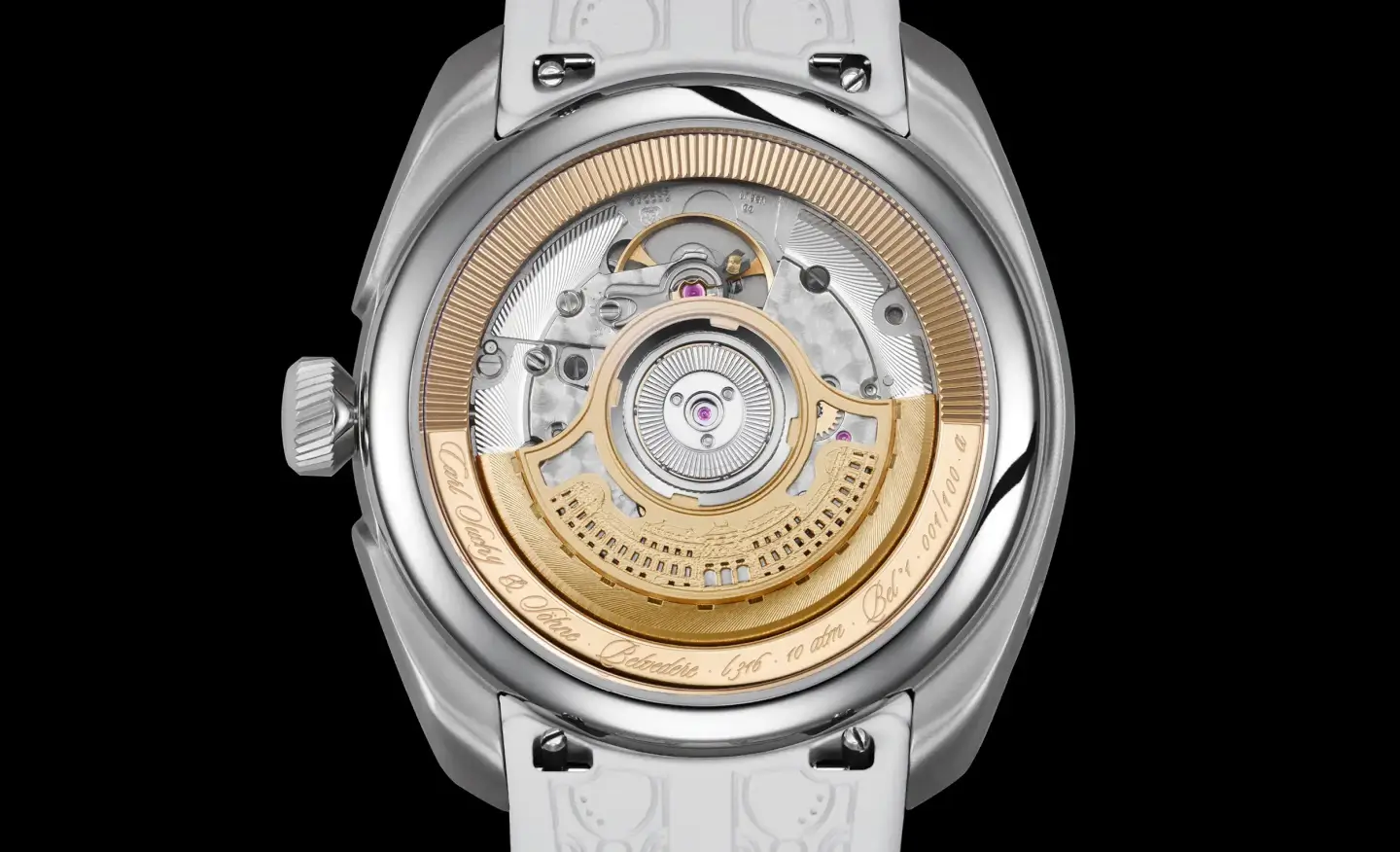
The palace houses, among many others, twenty four works by none other than our friend Mr Gustav Klimt. His painting ‘The Kiss’ is among the most famous works at The Belvedere. It’s a nice through line from the brands history to its newest model, and one that the average buyer may not know.

The movement was developed in partnership with Marc Jenni and powers the usual hours, minutes and seconds, plus an unconventional and very interesting date display.
The Dial
Robert has employed his usual vertical and horizontal striping for the dial here, but the Belvedere is miles more involved than its predecessor, the Waltz Nº1. A date disc lies in the centre and is covered by what looks like a regular dial with an aperture. At midnight, however, it’s not the date that moves, but the inner dial itself. Each day the opening shifts to give you a clear indication of the number beneath it. It’s a playful take on a common complication and one that lends itself to refreshing the look of the watch every day.
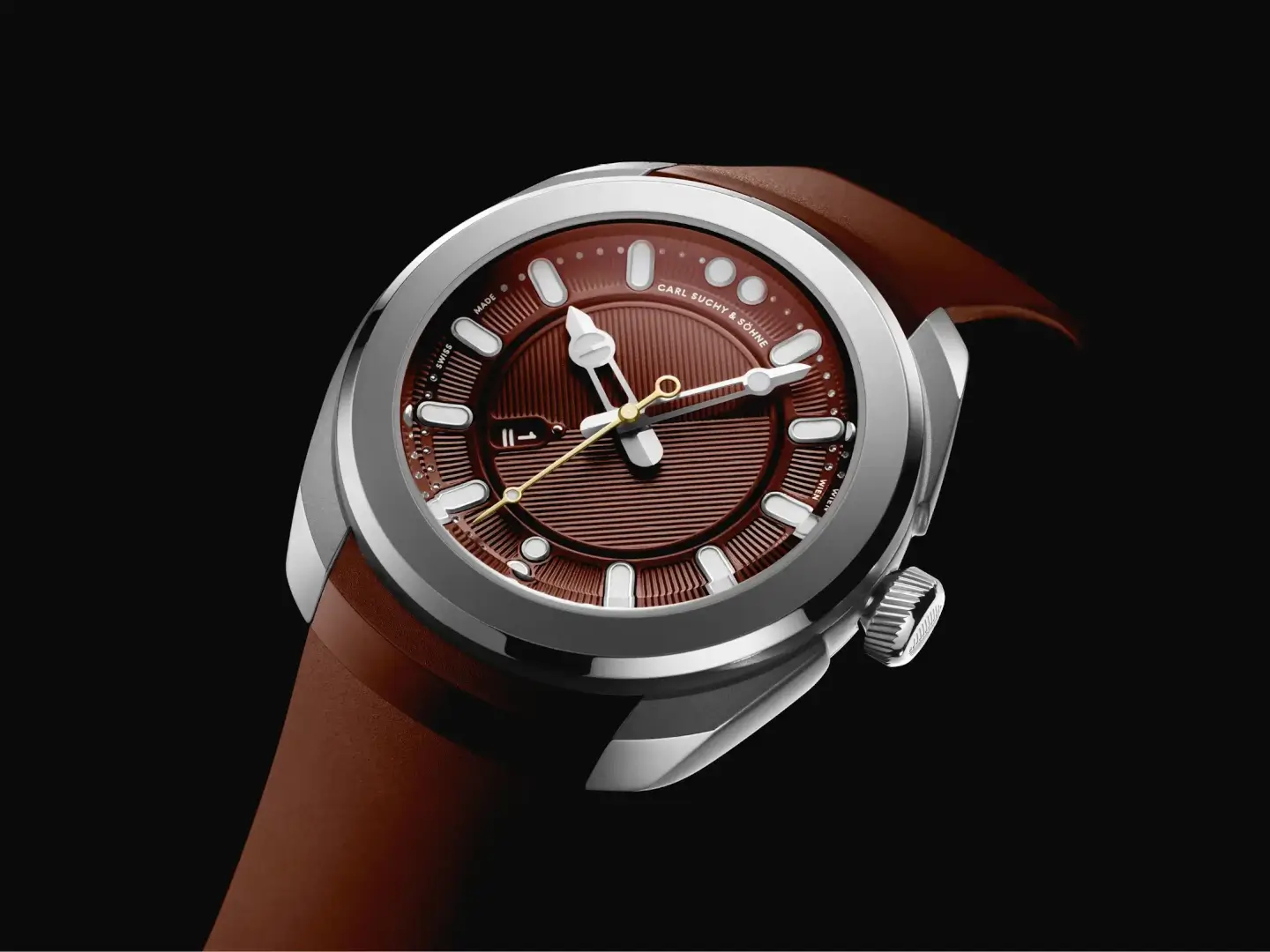
Being a sports watch we have hands that are about as visible as a jumbo jet landing right in front of you, and the hour markers are like bathtubs full of Super-Luminova. If you need pitch black to go to sleep, best to put the Belvedere somewhere else at night.

When I was a kid, I wanted to stay the same for my whole life. It felt like something to be proud of, to be still. As if evolution was to be avoided at all costs. But as I’ve grown older, I’ve realised that the very evolution I spent years trying to avoid is the only thing that has kept me alive. If we don’t move forward, change and reinvent ourselves, we will wither away, left to the depths of history.

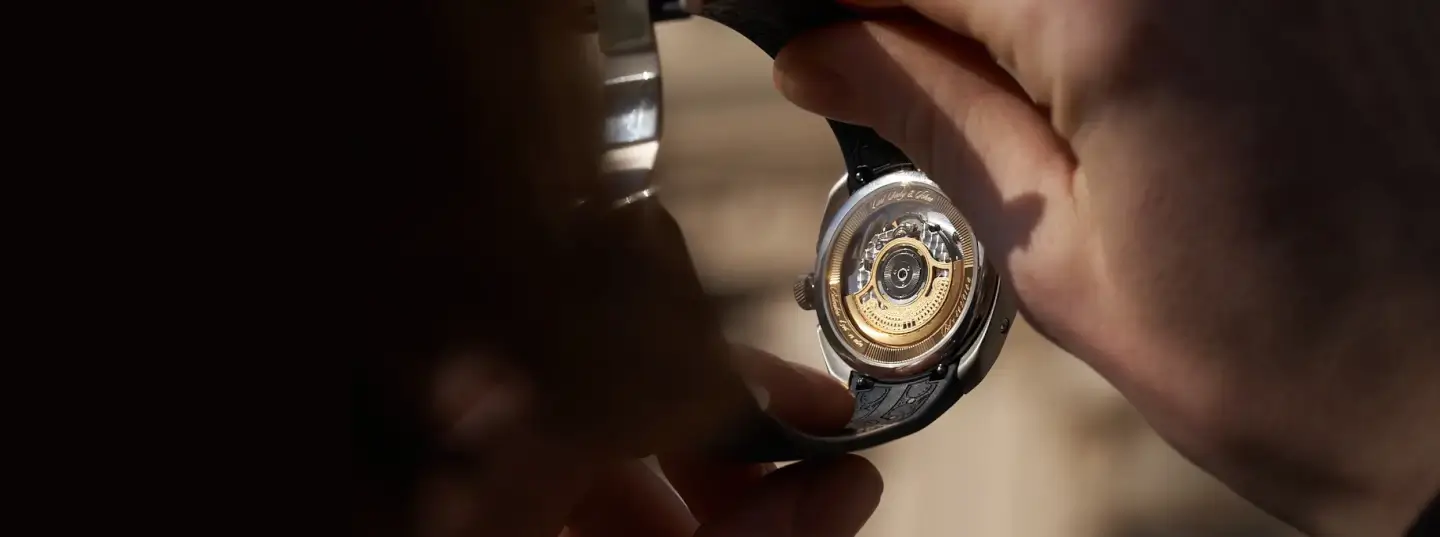
Robert Punkenhofer saw an opportunity in Carl Suchy & Söhne, a brand that was relegated to history for more than 100 years. But instead of looking back and recreating what was, he asked himself what we all should be asking ourselves daily. What would this look like if it never stopped, and where would it end up if it kept going? I imagine this is what Gustav Klimt thought to himself when he was transitioning from traditional to the Art Nouveau style of art that he’s most known for today. If he didn’t reinvent himself, we wouldn’t have “The Kiss’ or ‘The Lady In Gold’. This is how I see Carl Suchy & Söhne, Robert and the Belvedere. They are on the cusp of reinvention, pushing forward into the future while respecting and drawing from the past. Bring on the next 100 years. We could all learn a lot from Klimt, Carl and Robert. I know I have.
Time to reinvent!
Cya in the next one x
.avif)


This story was created in partnership with our good friends at .

.avif)
.webp)
.png)
